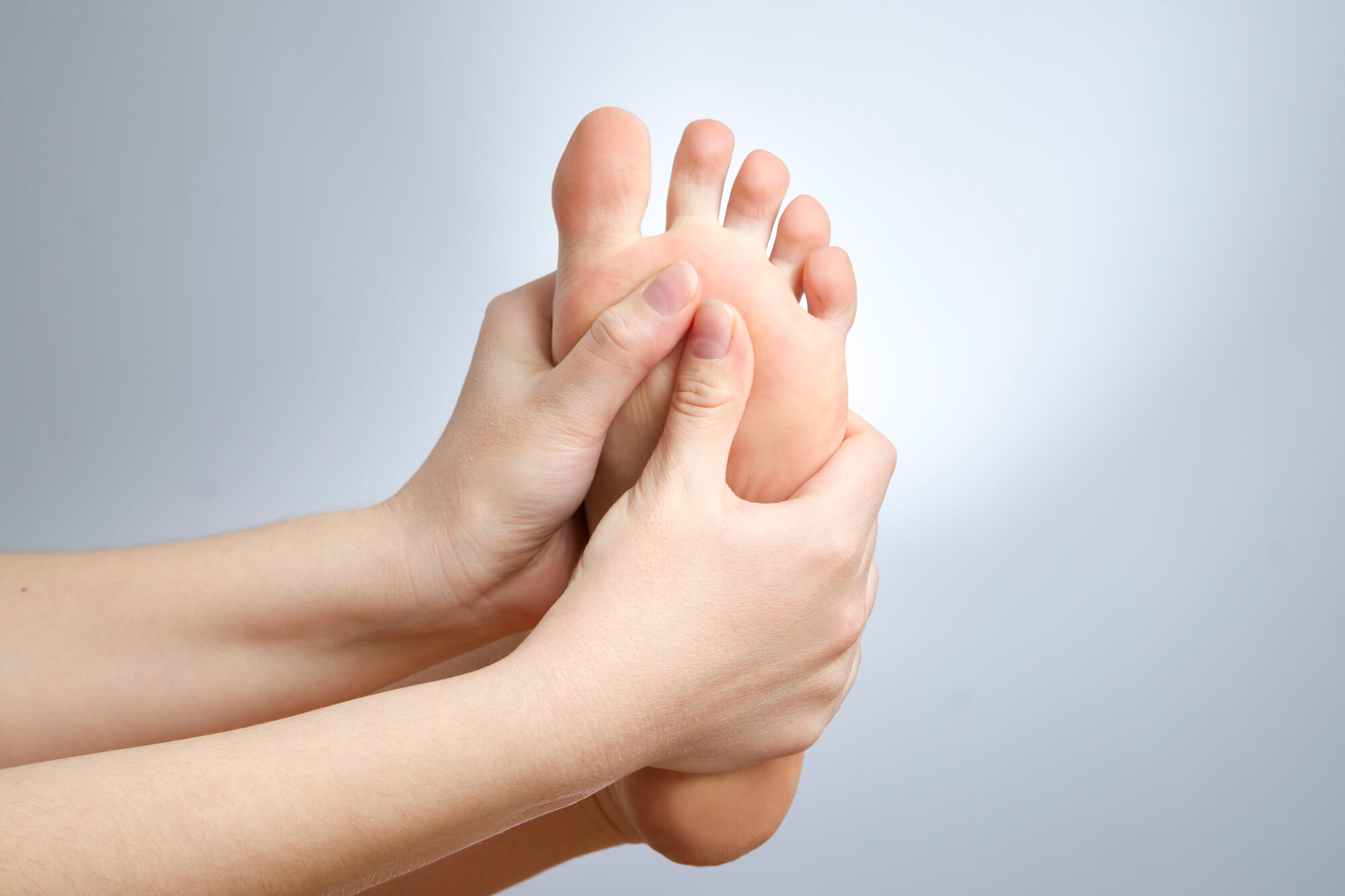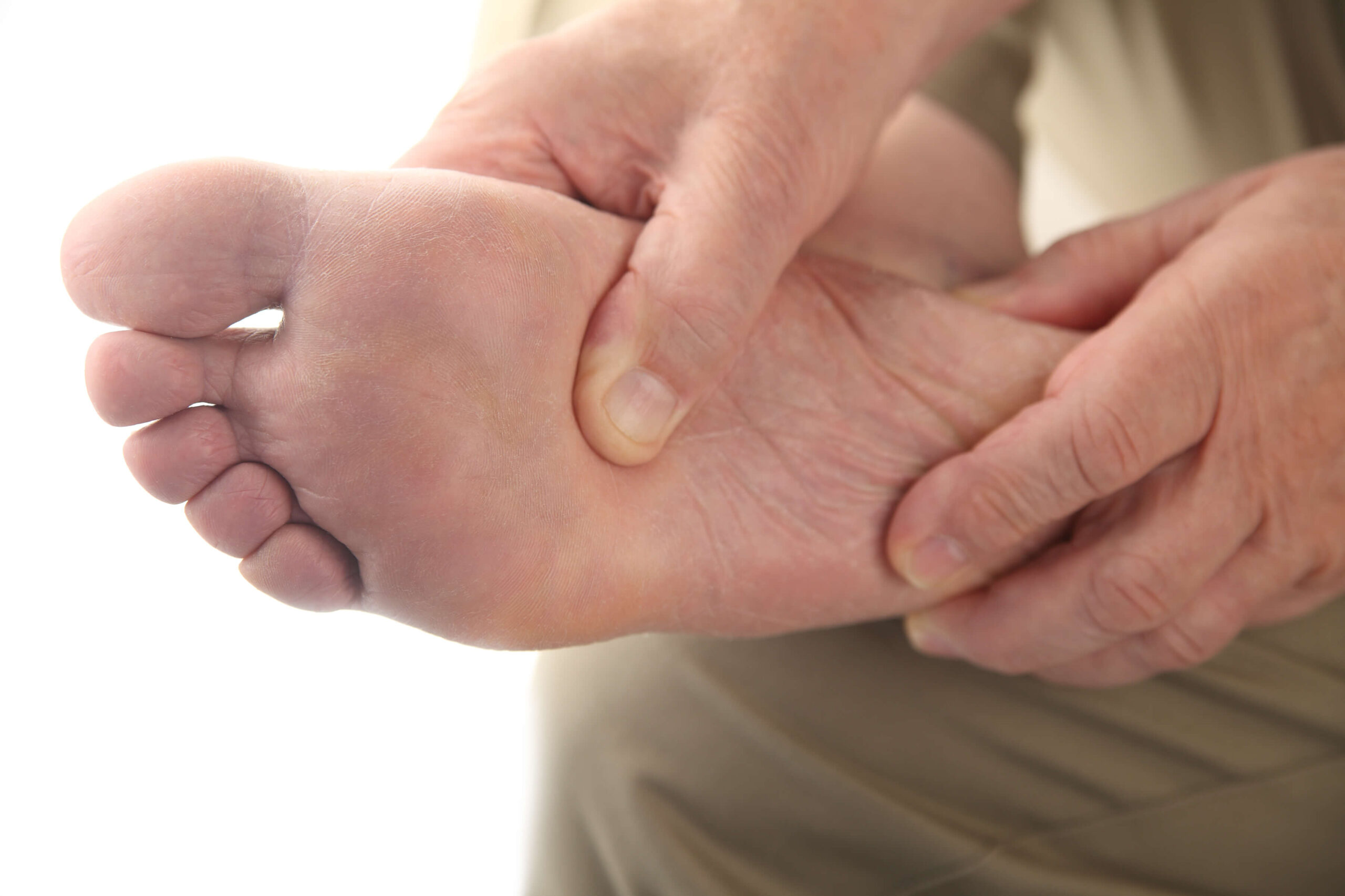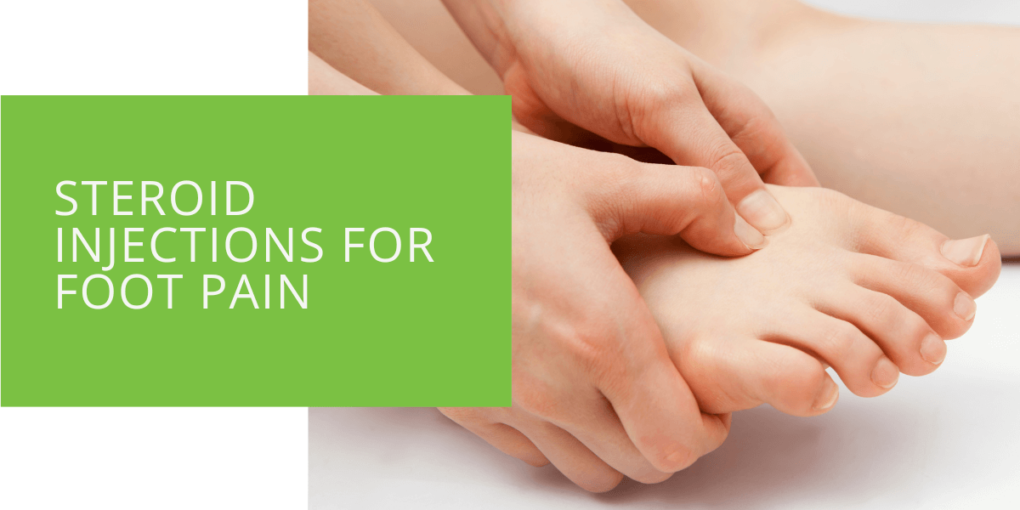Steroid Injections for Foot Pain
If you're suffering from foot pain, you may have heard that a steroid injection could be a potential solution. Steroid injections, also known as corticosteroid injections, are a common treatment option for various foot and ankle conditions that cause inflammation and pain. However, it's important to understand this treatment option's potential benefits and risks before deciding. This article will discuss steroid injections for foot pain and the pros and cons of this treatment option.
What Are Steroid Injections?
A steroid injection is a shot of a corticosteroid medication, such as cortisone, into a specific area of the body. Corticosteroids are anti-inflammatory medications that can help reduce inflammation and pain. When injected into a joint or the soft tissue around a joint, such as in the foot or ankle, a corticosteroid injection can help relieve pain and improve mobility.
A healthcare provider, such as a podiatrist or orthopedic doctor, administers steroid injections. The injection is given directly into the site of the pain or inflammation using a small needle. The procedure is usually quick and relatively painless, and most people can return to their normal activities immediately after the injection.

Conditions that May Be Treated with Steroid Injections
Steroid injections are commonly used to treat a variety of foot and ankle conditions that cause inflammation and pain, such as:
Plantar Fasciitis
Plantar fasciitis is a common cause of heel pain and is characterized by inflammation of the plantar fascia, a band of tissue that runs across the bottom of the foot. Steroid injections may reduce inflammation and pain in the heel and arch of the foot.
Heel Spurs
Heel spurs are bony growths that can develop on the heel bone, often due to plantar fasciitis. Steroid injections may be used to reduce inflammation and pain in the heel.
Tendinitis
Tendinitis is an inflammation of a tendon, a thick cord of tissue that connects muscle to bone. Tendinitis can occur in various parts of the foot and ankle, including the Achilles tendon and the peroneal tendons. Steroid injections may reduce inflammation and pain in the affected tendon.
Other Foot and Ankle Conditions
In addition to plantar fasciitis, heel spurs, and tendinitis, steroid injections may treat other foot and ankle conditions that cause inflammation and pain, such as rheumatoid arthritis, gout, and bursitis.

Pros and Cons of Using Steroid Injections
Pros
Cons

Conclusion
Steroid injections are a common treatment option for foot pain caused by inflammation and are often effective in reducing pain and improving mobility. However, it's important to understand this treatment option's potential benefits and risks before deciding if it's right for you. If you're considering a steroid injection for foot pain, it's a good idea to speak with a healthcare provider, such as a podiatrist, to determine if it's the best choice for your specific condition.
FAQ
What is a steroid injection?
A steroid injection is a shot of a corticosteroid medication, such as cortisone, into a specific area of the body. Corticosteroids are anti-inflammatory medications that can help reduce inflammation and pain. When injected into a joint or the soft tissue around a joint, such as in the foot or ankle, a steroid injection can help relieve pain and improve mobility. Steroid injections are often used to treat foot and ankle pain caused by conditions such as plantar fasciitis, heel spurs, and tendinitis.
How is a steroid injection administered?
a healthcare provider, such as a podiatrist or orthopedic doctor, usually administer steroid injection. The injection is given directly into the site of the pain or inflammation using a small needle. The procedure is usually quick and relatively painless, and most people can return to their normal activities immediately after the injection.
Are steroid injections safe?
Steroid injections are generally considered safe when administered by a trained healthcare provider. However, as with any medical procedure, there are potential risks and side effects. Some possible risks and side effects of steroid injections include infection at the injection site, skin thinning and atrophy at the injection site, and a rupture of a tendon or cartilage. It's important to discuss the potential risks and benefits of a steroid injection with a healthcare provider before deciding if it's the right treatment option for you.
How long do steroid injections last?
The duration of relief from a steroid injection can vary depending on the individual and the condition being treated. Some people may experience relief for several months, while others may only experience relief for a few weeks. In some cases, a series of steroid injections may be needed to achieve the desired level of pain relief.
Are there any alternatives to steroid injections for foot and ankle pain?
There are several alternatives to steroid injections for foot and ankle pain, including over-the-counter pain medications, physical therapy, and in some cases, surgery. The best treatment option for you will depend on the specific cause of your foot and ankle pain and your overall health. Discussing your treatment options with a healthcare provider is a good idea to determine the best course of action.

